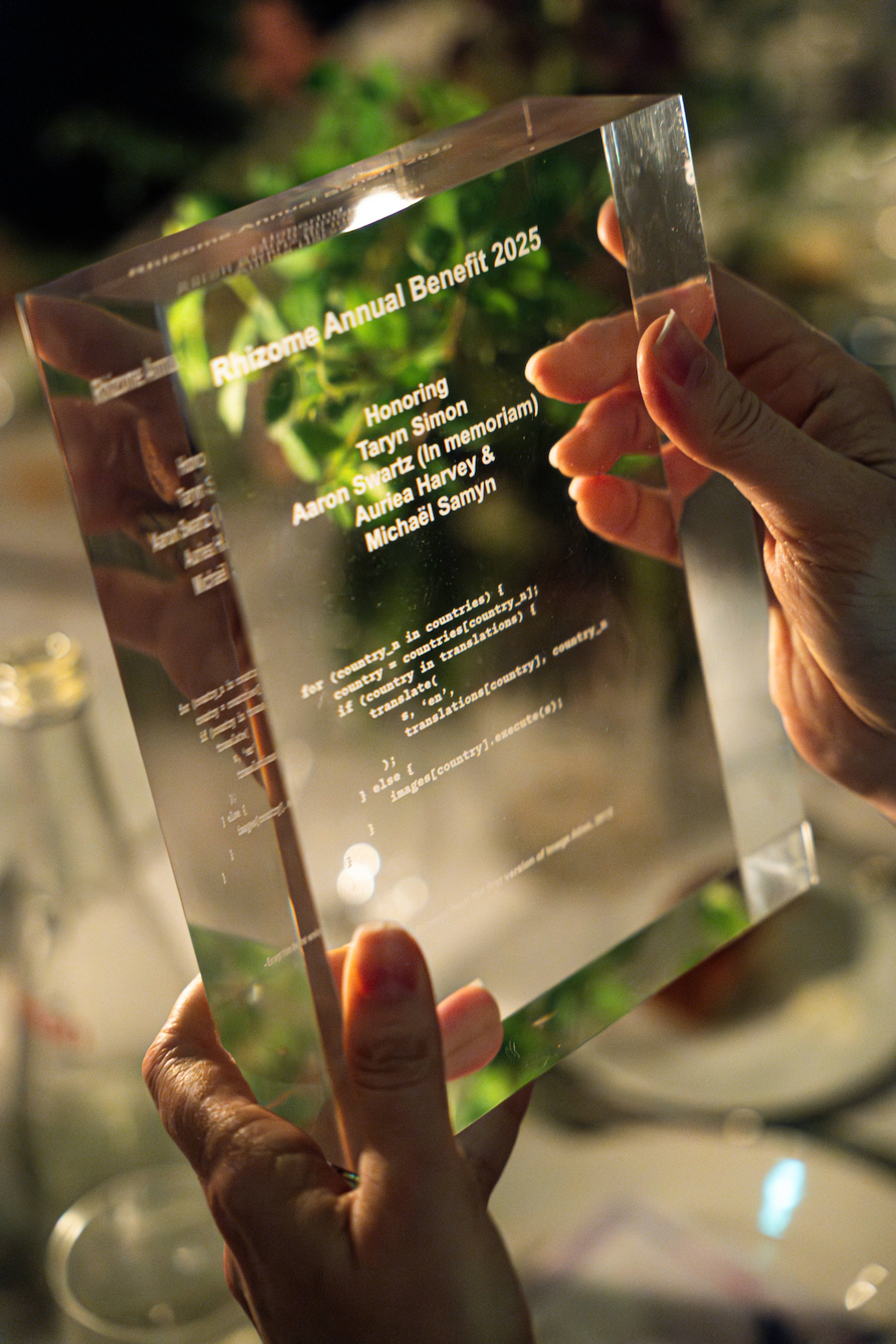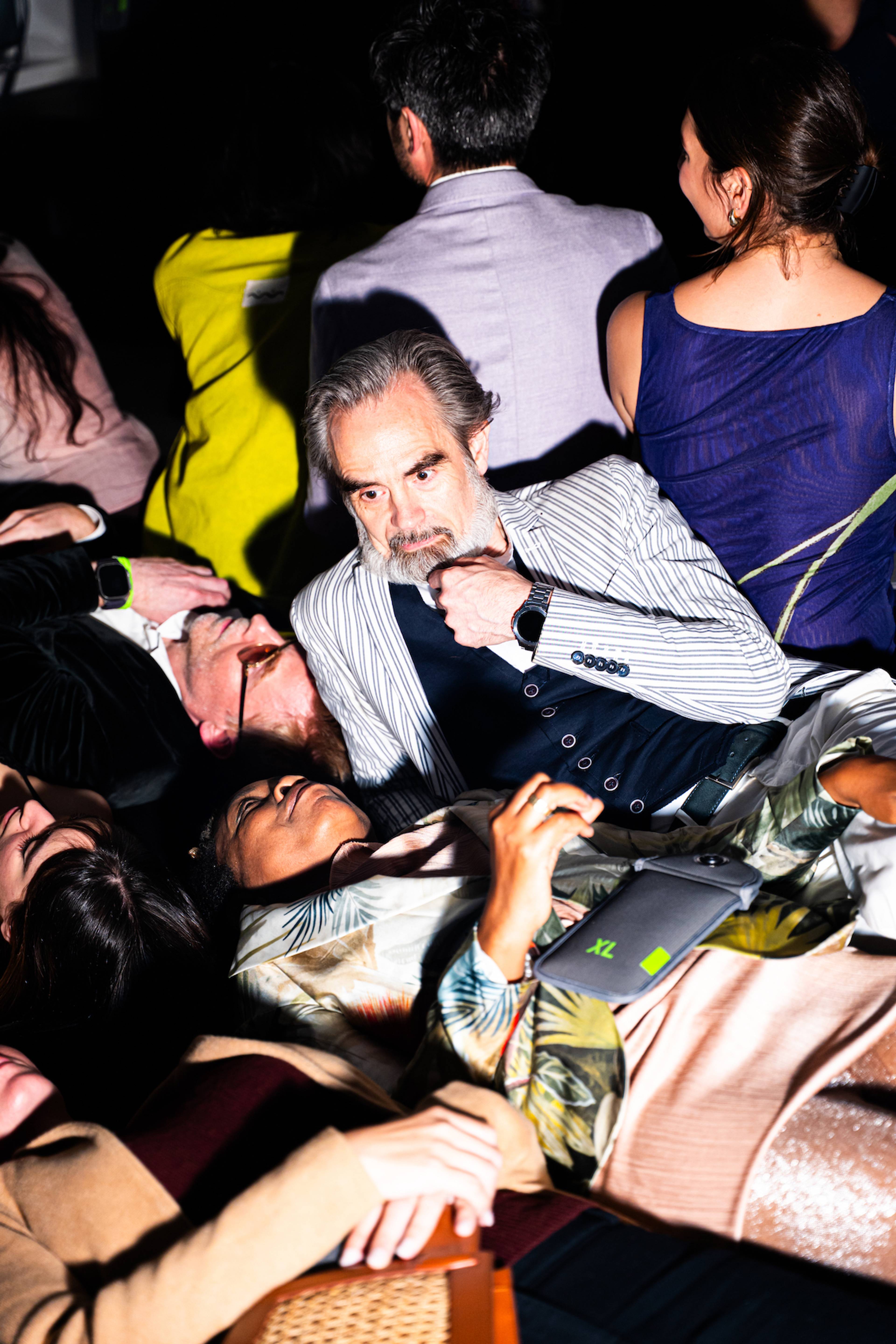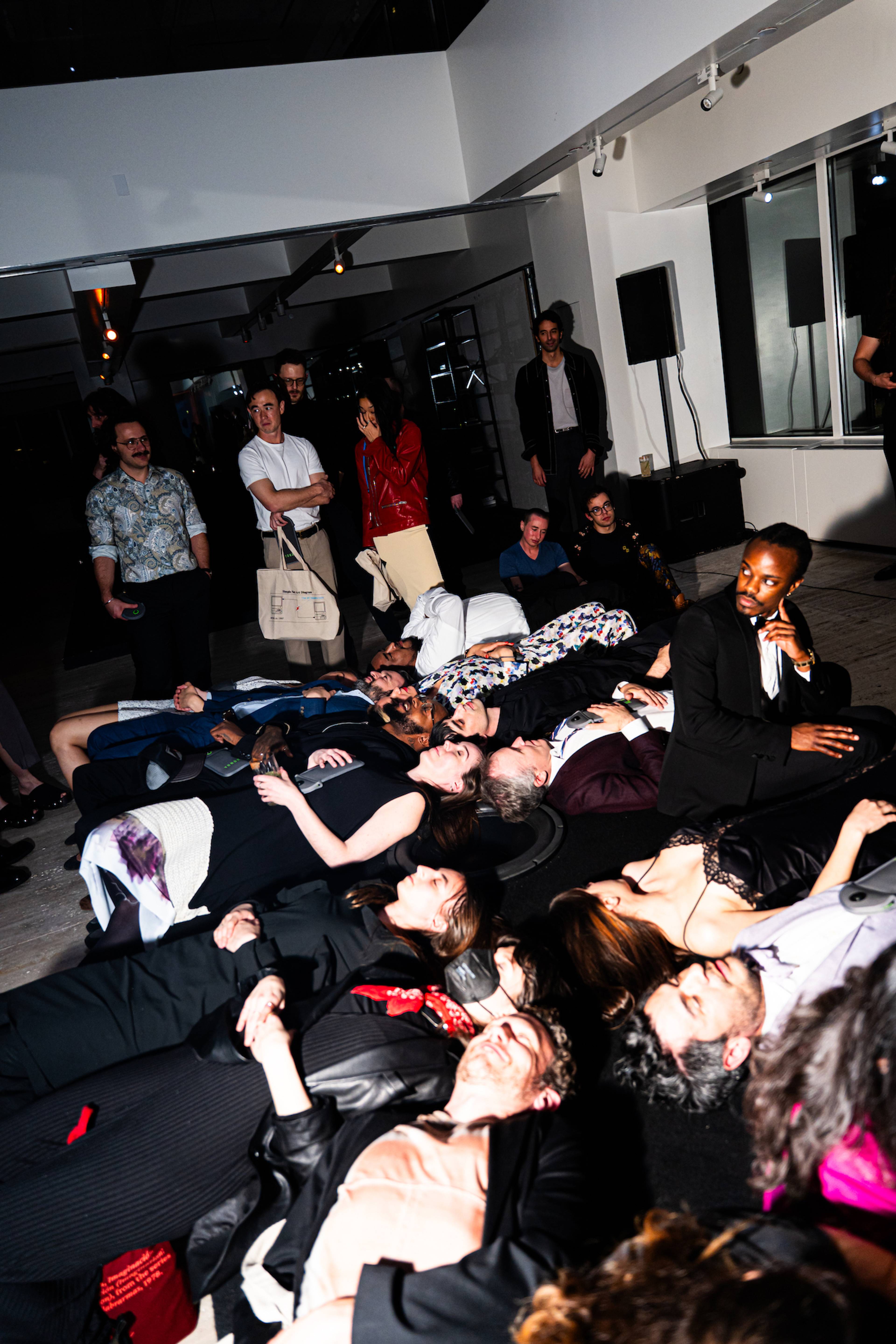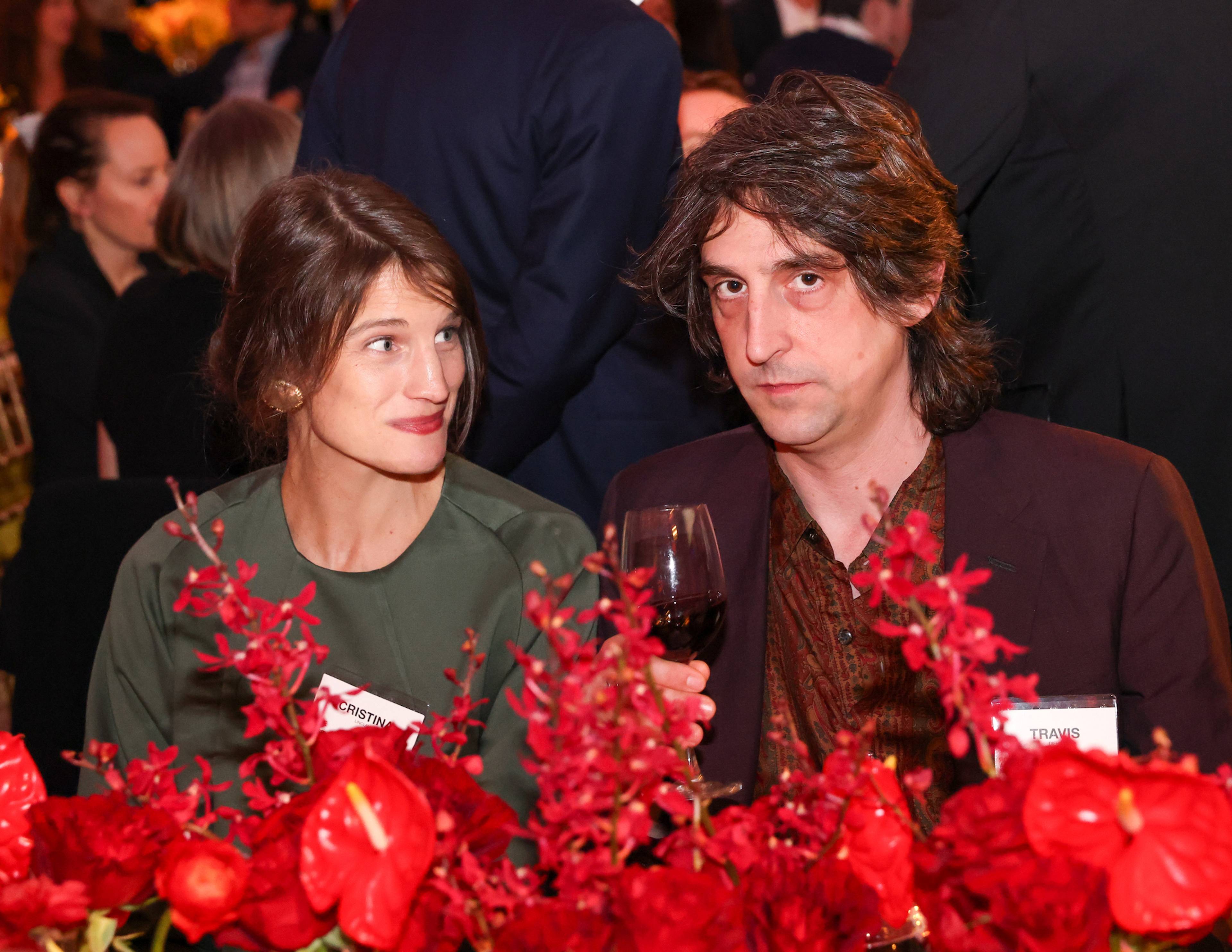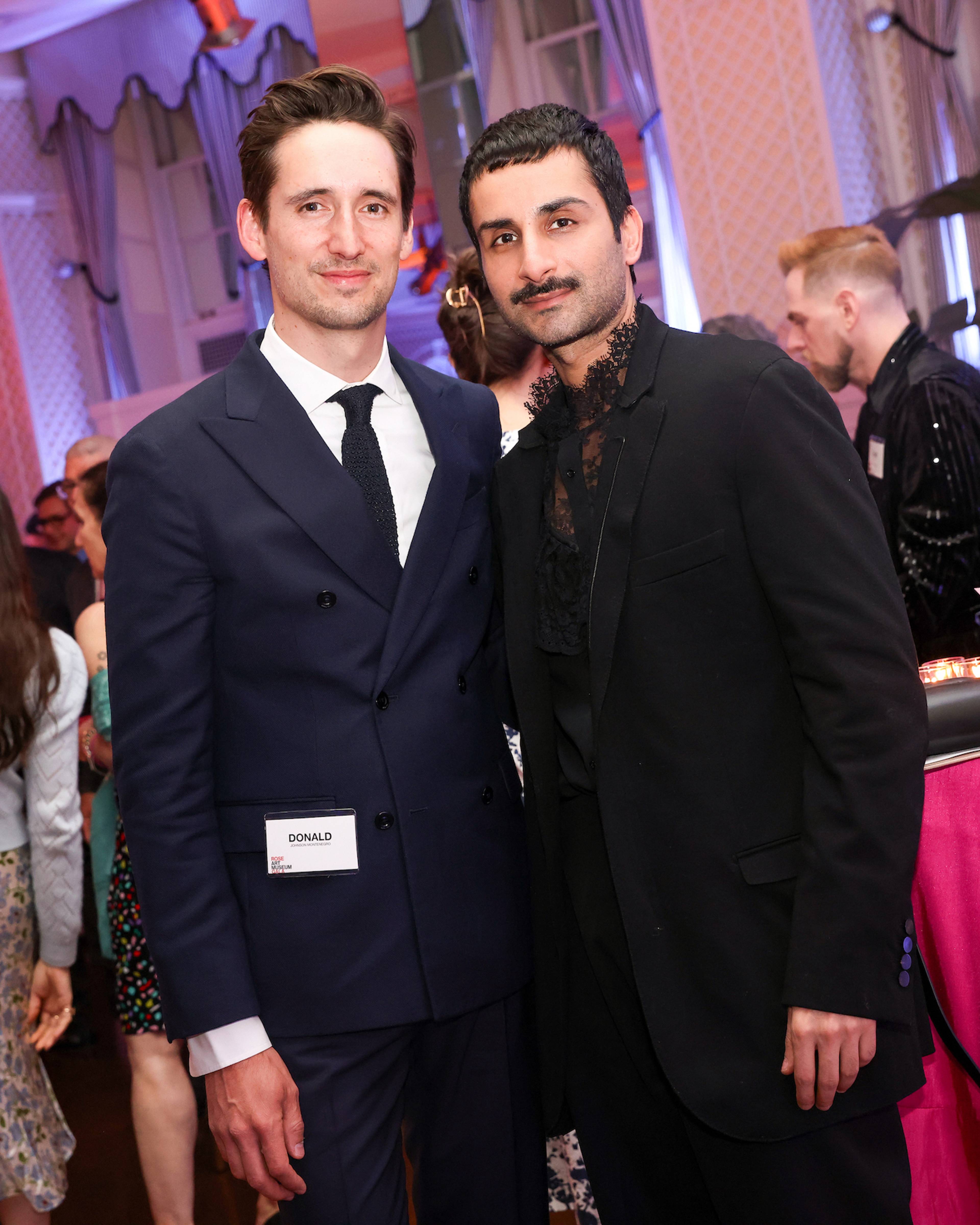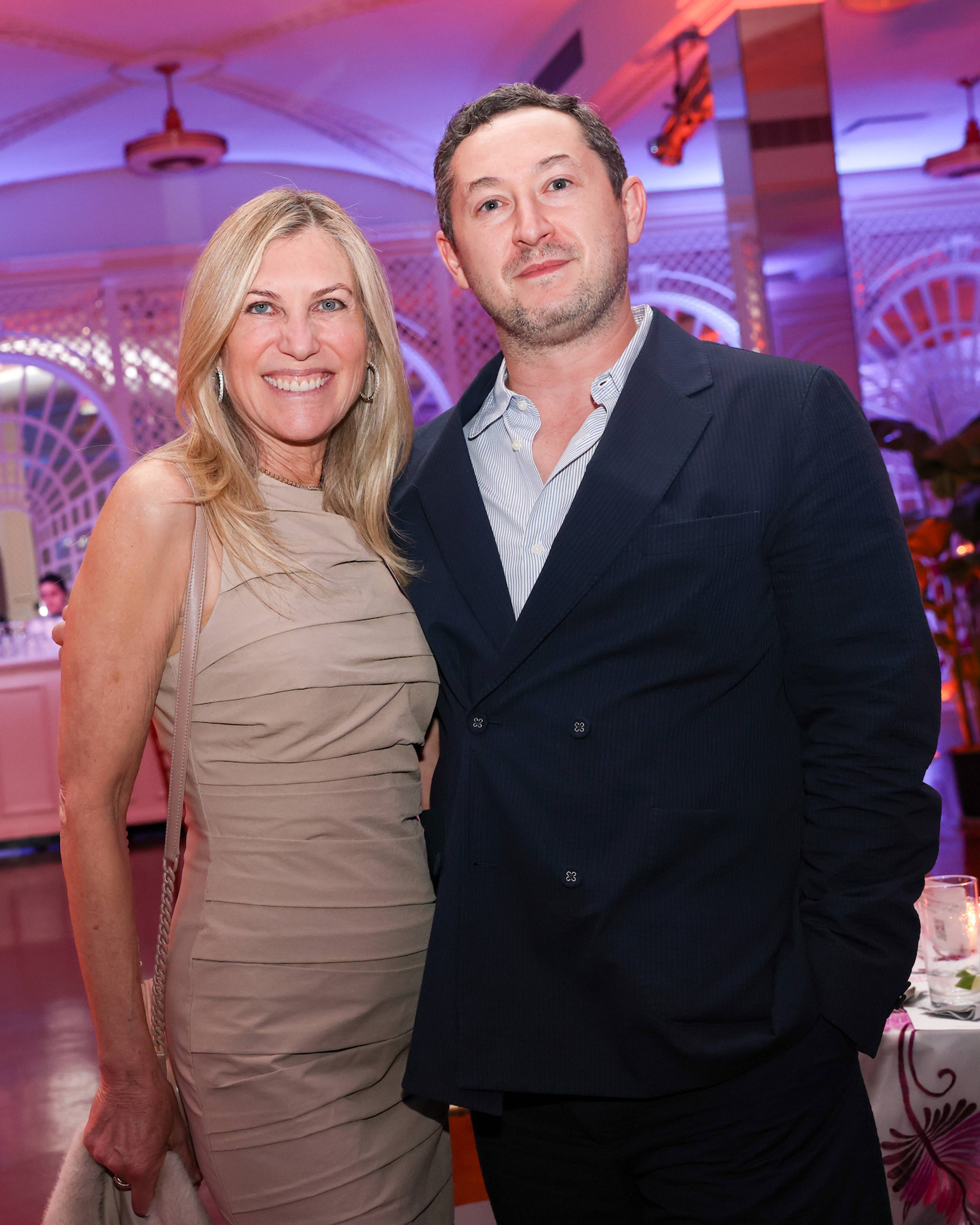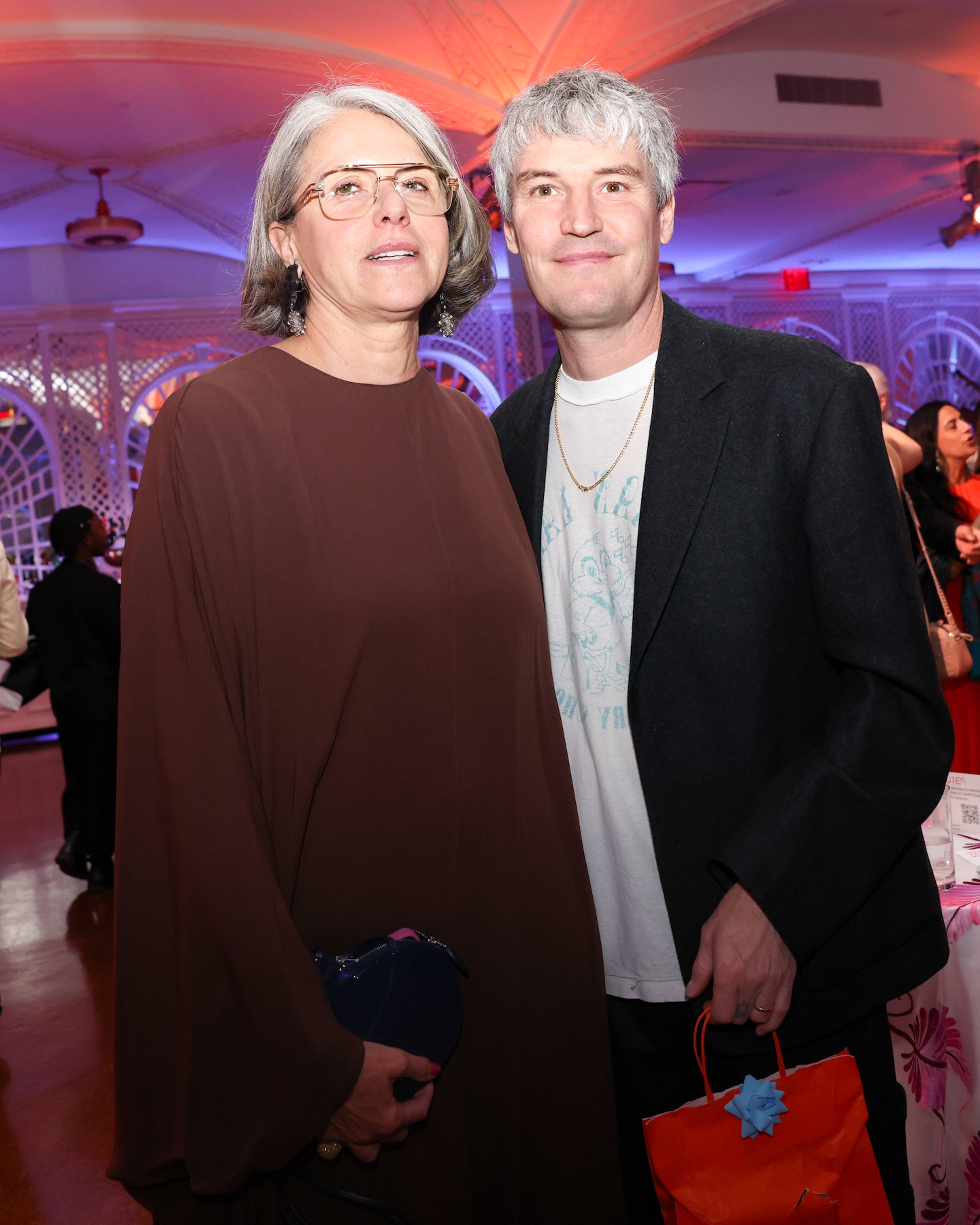Spring is Gala Season in the US art industry, a time for the warm and awkward glamor of fundraising dinners ahead of the new fiscal year. Public arts support is notoriously sparse here, and a nonprofit org’s budget is usually heavily fortified by private donations. This year, though, the pickings got even slimmer on May 2, when Trump and Co.’s anti-DEI crew announced they’d snatch back whatever grants from the National Endowment for the Arts (the everloving NEA) fall outside their patriotic notions of culture. In practice, the cancellations seem wanton. Shows like MOCA’s long-planned exhibition of toppled Confederate monuments lost funds, of course, but so did the ninety-one-year-old National Folk Festival. In the days that followed, emails and posts from small presses, performance spaces, and artist residencies, named their number – $10,000, $15,000, $85,000 – then more or less begged for their community to fill the hole.
I didn’t expect those rumbles to reach the Galas. “You don’t want to raise the alarm too much,” said a friend who works in philanthropy. “You want people to feel like they’re having fun. They’re eating their chicken, there’s flowers, and everything is great.” Yet there I was on Park Avenue, enjoying a bouquet of greens wrapped in a ring of pumpkin and fêting Brandeis University’s contemporary art museum, The Rose, when their curator and director Gannit Ankori made a naked appeal to the moment. She read what’s become a sad refrain from the government email she and everyone received: “Your project, unfortunately, does not align with these priorities.” The Rose can forget about federal money, she continued, “because we do not think the role of artists and museums is to align their projects with any predetermined agenda. On the contrary …” Then it was time to raise our paddles.
Rhizome Annual Benefit 2025. Photos: Alexey Kim / Sidewalkkilla
Rhizome Annual Benefit 2025
Honorees Auriea Harvey and Michaël Samyn, among other guests, at the Wu-Tang Clan’s Once Upon a Time in Shaolin (2015) listening session, Rhizome Annual Benefit 2025
Wu-Tang Clan’s Once Upon a Time in Shaolin (2015) listening session, Rhizome Annual Benefit 2025
As for the NEA? It’s hard to speak broadly about every org that lost a grant, but the vibes are tense. For some, $10,000 is the difference between health and starvation. There are also second- and third-degree effects, such as hits to regional arts councils that in turn fund dozens of smaller groups. But other orgs have been edging away from government cheese for years, at least since the early 1990s, when culture warriors like Jesse Helms, the arch-conservative US senator from North Carolina, fumed about artists Ron Athey and Robert Mapplethorpe for the TV cameras. They’re planning to survive.
New media art nonprofit Rhizome, joked one speaker at their benefit, managed to eat most of their NEA money putting on the exhibition “Rhizome World” before it got yanked away. True story. And good foresight. Matthew Connors, the org’s director, told me they’d lost a federal grant in 2021, and had already been trying to diversify their fundraising diet. A lot of Rhizome’s support comes from New York City and State. (And if that dries up too? It’s an open question.) Instead, an earnest pre-auction speaker appealed to more general fears – for financial security, for personal safety, for the country’s future. Now, he said, it’s time to stand up for your beliefs.
Now, more than ever? Yes and no. This has been the pitch for a long, long time. At their gala last week, the publishing platform Triple Canopy (CCC) honored Zoe Leonard, an artist who came up during the AIDS crisis. I asked their top editors, Alexander Provan and Rachel Ossip, if they’d appealed to the political winds. Not really, they said. “It would seem a little silly to pretend that this is a singular moment,” said Ossip, when their benefit focused on generational continuity. “It’s helpful to keep in mind that people have been making an argument for the independence and value of the arts in opposition to the government or the state, for as long as that relationship has existed.” CCC’s fundraising got a bump this year, they said, but the smart money is on the long view. Ossip mentioned that in 2017, a month into Trump’s first term, n+1 (recently down $12,500 from the NEA) wrote an editor’s letter on the hollow drumbeat of “now more than ever.” Obviously, she added, 2025 brings “unique horrors.”
The steak comes out cold, the wine’s gone before dessert – and it’s gauche to complain. Deep down, you know these donor-fluffing blowouts keep the lights on. If barely.
The nausea of this month’s NEA rollback might not ruin an institution’s bottom line. Time will tell. But it’s already fueling a sense of instability, at every level of the food chain. Federal grants fund unsexy things like overhead, in unsexy places like Kentucky. Private donations can be fickle. University affiliation is part of why some museums, like the Rose, can risk antagonizing high-capacity donors with MAGA in their hearts. (The museum’s gala helped seed an exhibition endowment, so they can relax a little on fundraising.) My (other) friend in philanthropy, Liana Krupp (president and trustee of the Krupp Family Foundation), said funders are seeing requests to rush promised payments, because other funders aren’t coming through. In Los Angeles, where she works, those gaps “could be because folks moved money to wildfire response. It could be ideological retrenchment. It could be market-driven. It could be whatever other emergency is going on at any given time, from climate crisis to immigration.” The upshot will be furloughs, mergers, and closures. “I think arts funding is one of the lowest priorities in the grand scheme of philanthropy,” she said. “Period. Full stop.”
My friends in the funding sector suggested some seasonal dieback might be healthy. Speaking from my experience on the editorial side of a nonprofit art journal, which sunset last spring, I tend to agree. Every hiccup in the money supply is a chance for a gut check. Maybe you keep going, maybe you let another org take your seat at the table. Everyone I talked with for this column emphasized that the US “fundraising landscape” is always, has always been challenging. To go that route, you need more than ideas – you need a stomach for high-stakes schmoozing.
Meanwhile, the steak comes out cold, the wine’s gone before dessert – and it’s gauche to complain. Deep down, you know these donor-fluffing blowouts keep the lights on. If barely. Mid-sized nonprofits can throw a fun function but can’t always afford to hide the seams. Nobody thinks benefit dinners are entirely sustainable. There’s cruel optimism in the air. There’s also community. And money. It’s time to move on. But this year, just like last year, the rite of Gala Season is a party no one knows how to leave.
Cristina Linclau and critic and Spike columnist Travis Diehl
Dealer Evan Snyderman
Jeanne Greenberg Rohatyn & Jessica Silverman
Artist Salman Toor & Luhring Augustine gallery partner Donald Johnson Montenegro
Nina Ross & artist Alex Gartenfeld
Artist Nate Lowman & guest
Krupp Foundation co-founder Lizbeth Krupp, Rose Art Museum director and chief curator Gannit Ankori & artist Hugh Hayden




